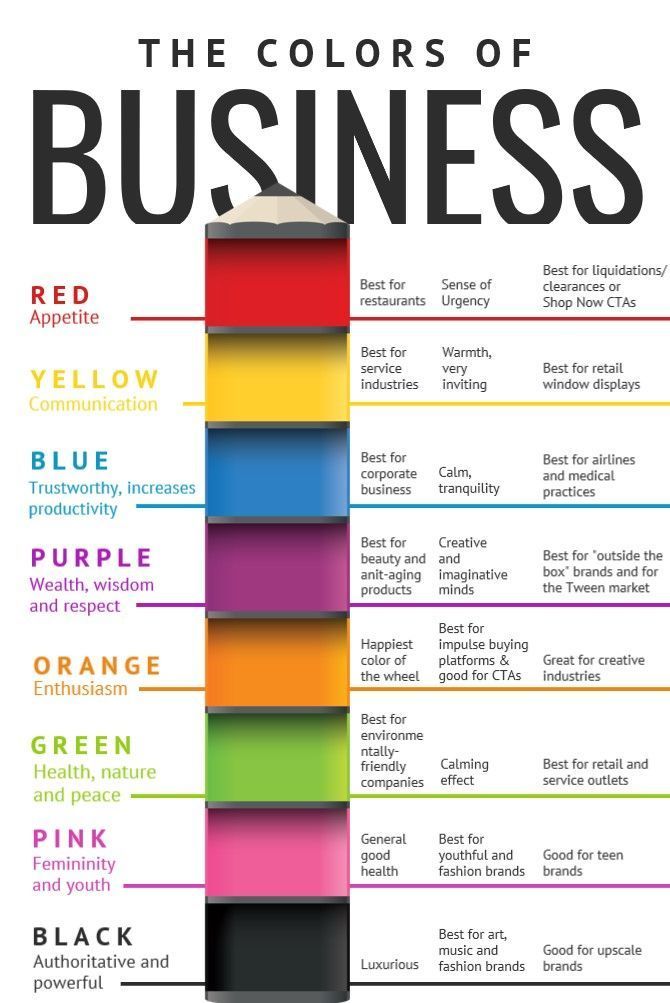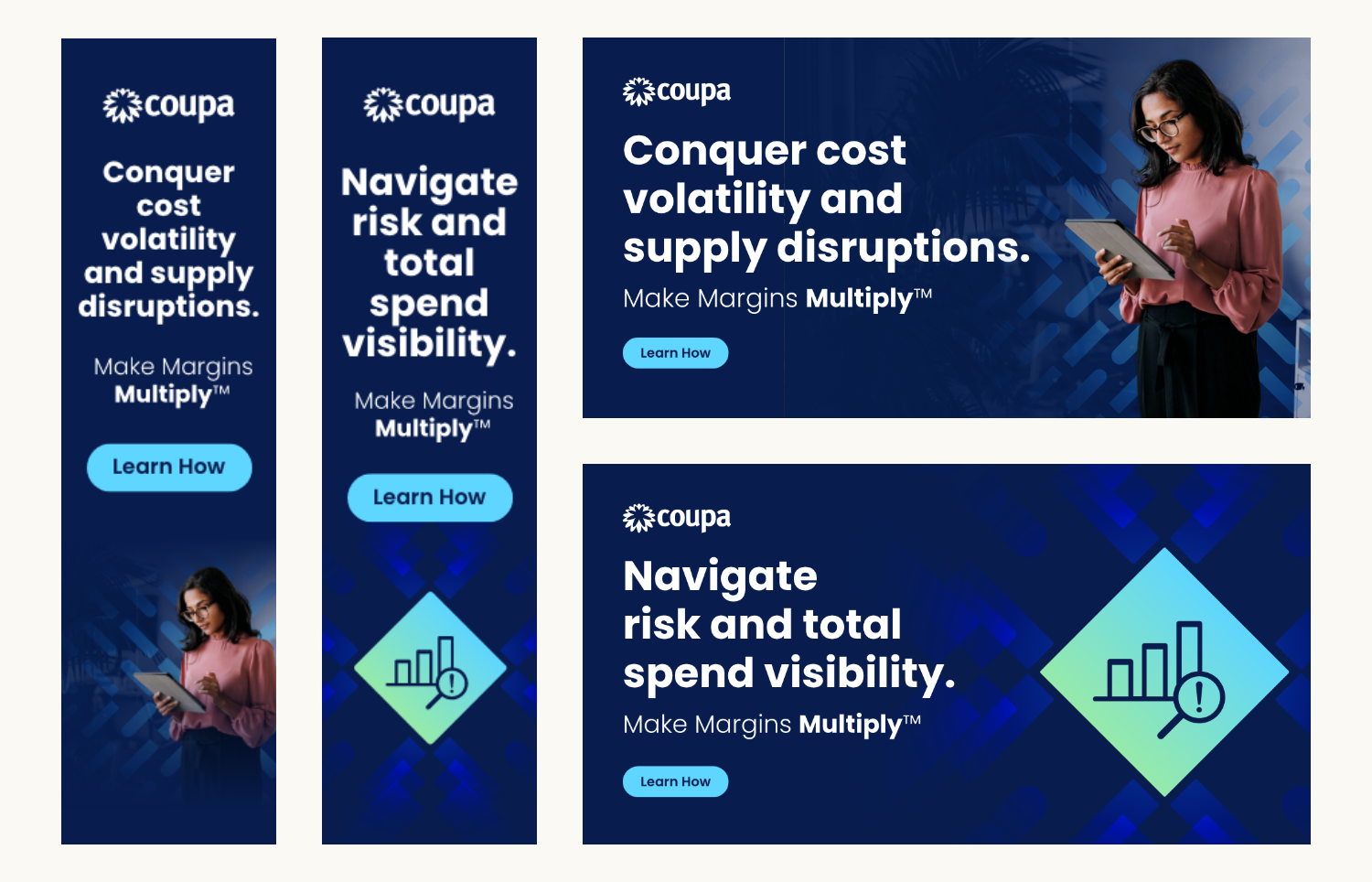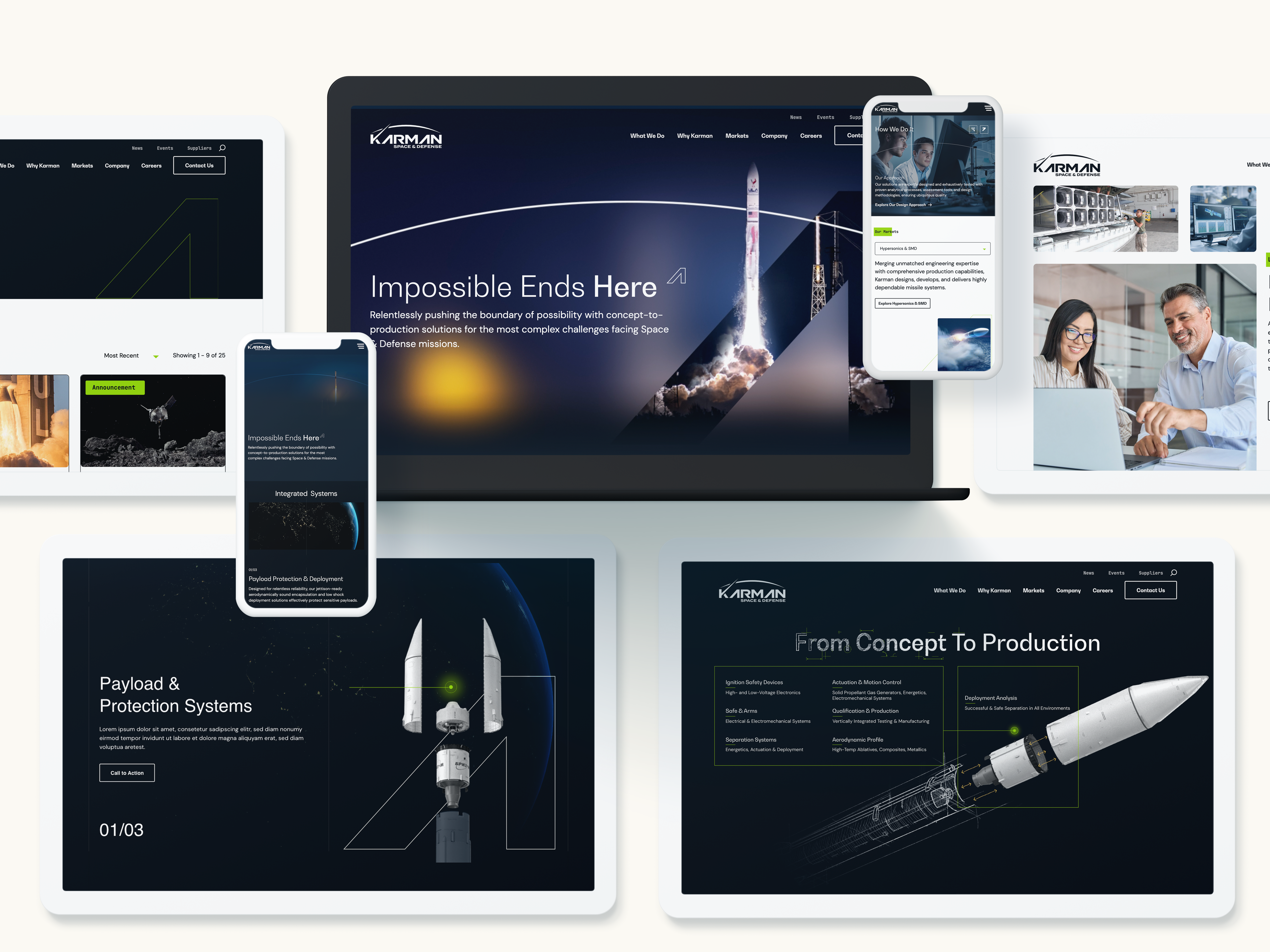Marketing is often driven by data—metrics, analytics, and KPIs guide decision-making. But numbers alone don’t tell the full story. To truly connect with an audience, marketers must understand the psychological principles that influence decision-making. By tapping into cognitive biases, emotional triggers, and behavioral patterns, brands can craft more compelling campaigns that resonate on a deeper level. In this guide, we’ll explore how psychology plays a vital role in marketing and how businesses can leverage these insights to drive engagement and conversions.
The Role of Psychology in Marketing
While metrics provide a snapshot of audience behavior, psychology reveals why consumers act the way they do. Understanding the motivations, fears, and desires behind purchasing decisions allows marketers to create messaging that not only attracts attention but also fosters lasting brand loyalty.
Key Psychological Influences on Consumer Behavior:
- Emotional decision-making: Most purchases are driven by emotion rather than logic.
- Cognitive biases: Subconscious mental shortcuts influence purchasing choices.
- Social influence: People are more likely to trust recommendations from peers.

Cognitive Biases That Impact Consumer Decisions
Cognitive biases are mental shortcuts that help people make quick decisions—but they also shape consumer behavior in predictable ways. Marketers who understand these biases can craft strategies that align with how customers naturally think.
1. The Scarcity Effect
Consumers perceive limited availability as higher value. Words like “Only a few left!” or “Limited-time offer” trigger urgency and drive conversions.
2. Social Proof
People tend to follow the actions of others. Reviews, testimonials, and influencer endorsements build trust and increase purchase likelihood.
3. Authority Bias
Consumers trust experts and authoritative figures. Featuring industry leaders or certifications in your messaging can boost credibility.

Emotional Triggers in Marketing
Emotions play a critical role in consumer decision-making. By tapping into the right emotional triggers, brands can create stronger connections with their audience.
- Fear of missing out (FOMO): Drives urgency and quick decision-making.
- Nostalgia: Evokes fond memories and positive brand associations.
- Excitement & aspiration: Inspires consumers to take action and feel empowered.
The Power of Personalization & Storytelling
Consumers respond best to brands that feel human. Personalization and storytelling are two powerful tools that make marketing more relatable and impactful.
- Storytelling: A compelling brand narrative helps establish trust and emotional investment.
- Personalization: Tailored recommendations and targeted content increase engagement.
Applying Psychological Insights to Your Marketing Strategy
To integrate psychology-driven tactics into your marketing, consider the following steps:
- Use data to understand audience behavior – Identify patterns in customer interactions.
- Incorporate cognitive biases into messaging – Utilize urgency, authority, and social proof.
- Leverage emotional triggers – Align messaging with your audience’s emotions.
- Personalize content – Create hyper-targeted campaigns based on customer preferences.
- Test and optimize continuously – Use A/B testing to refine messaging for maximum impact.

Transform Your Marketing with Psychological Insights
Going beyond metrics and understanding the psychology of your audience allows brands to create marketing strategies that truly resonate. By leveraging cognitive biases, emotional triggers, and personalization, businesses can build stronger connections and drive greater conversions.
Looking to refine your marketing approach? Contact Bluetext today to craft campaigns that engage your audience on a deeper level.




